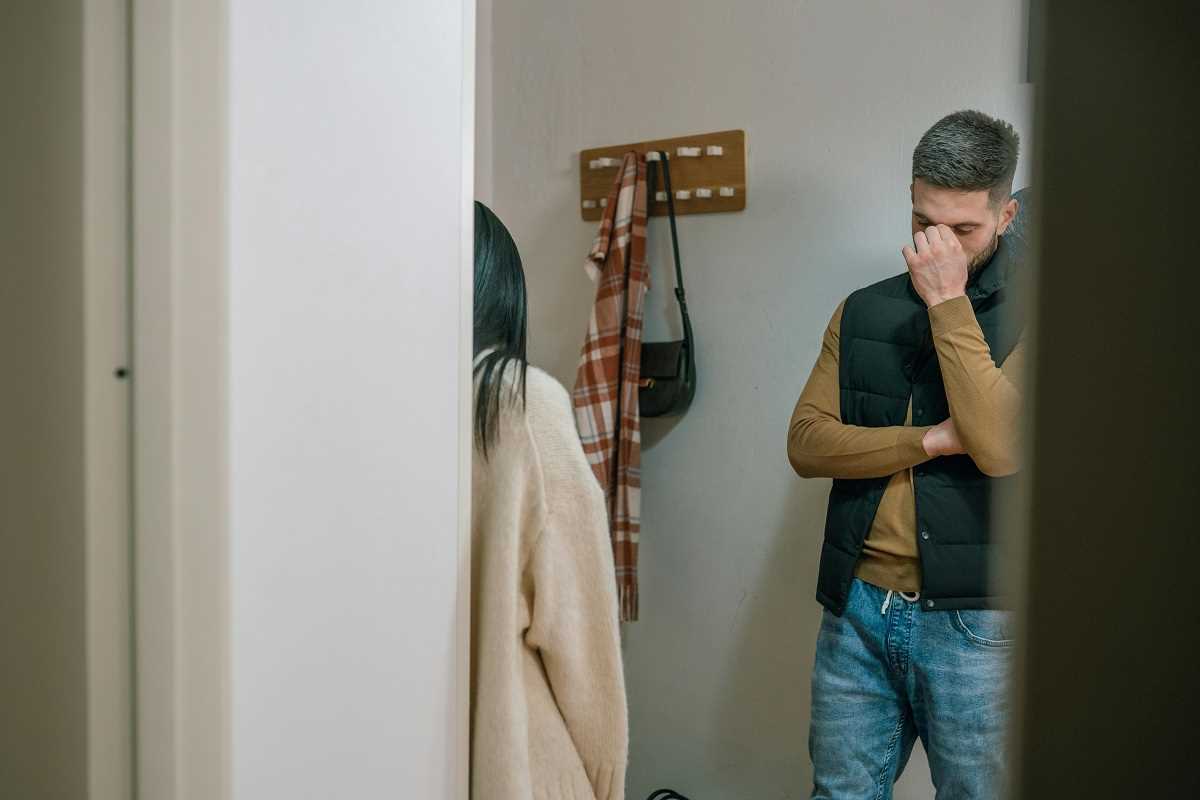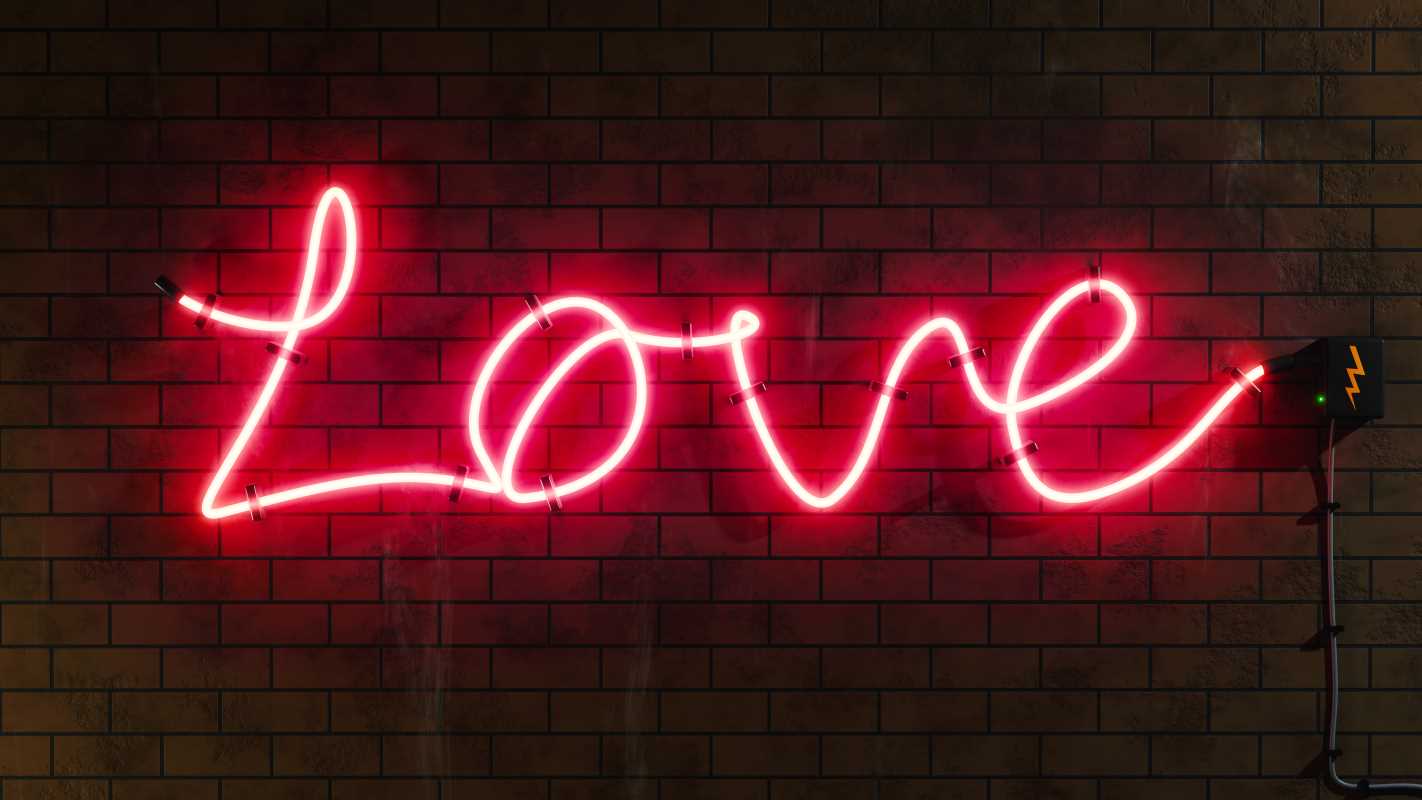If you’ve found yourself stuck in a pattern of toxic relationships, you’re not alone. Many people repeat unhealthy dynamics without even realizing it. Whether it’s a cycle of emotional manipulation, lack of trust, or constant conflict, breaking free from these patterns can feel daunting. But there’s good news: with self-awareness and deliberate effort, you can change the narrative.
At the heart of overcoming these cycles lies one essential tool—self-awareness. It empowers you to recognize harmful patterns, understand your role in them, and make choices that lead to healthier, more fulfilling relationships. Here’s how self-awareness can help you take control of your relationships and create space for genuine connection.
Recognizing the Signs of a Toxic Relationship
The first step to breaking the cycle is recognizing when you’re in a toxic relationship. Sometimes, these dynamics are rooted in subtle behaviors that build over time, making them hard to spot. Here are some common signs of a toxic relationship to watch out for:
Constant Criticism or Belittling
- If your partner frequently points out your flaws in a way that makes you feel small or unworthy, it can erode your confidence and self-esteem.
Lack of Trust
- A relationship where suspicion, jealousy, or dishonesty prevails can make safety and security feel out of reach.
Manipulation and Control
- Toxic relationships often involve one partner trying to control the other’s actions, choices, or even social interactions.
One-Sided Effort
- Are you the only one putting in the time, energy, and care for the relationship to work? This imbalance often leads to resentment and burnout.
Walking on Eggshells
- If you feel like you must constantly tiptoe around your partner to avoid conflict, you may be in a toxic dynamic.
Recognizing these patterns doesn’t mean you’re at fault for being in a toxic relationship. Instead, it’s the first step toward breaking free and building healthier connections in the future.
The Role of Self-Awareness in Breaking the Cycle
Self-awareness is like turning on the lights in a dark room. It helps you see clearly where the issues lie—not just in your relationships but in yourself. Toxic relationship patterns are often fueled by unconscious habits, unresolved trauma, or unmet emotional needs. When you build self-awareness, you gain the tools to identify and address these underlying issues.
How Self-Awareness Can Help:
- Identify Past Patterns: Reflecting on past relationships gives you insight into recurring behaviors or dynamics that need to change.
- Understand Your Triggers: Becoming aware of what makes you react a certain way helps you respond thoughtfully instead of impulsively.
- Clarify Your Needs and Values: Self-awareness helps you identify what you truly need and deserve in a relationship, so you can stop settling for less.
- Take Responsibility: While toxic behaviors are never excusable, self-awareness includes recognizing your own role in unhealthy dynamics and making a commitment to growth.
With self-awareness, you can disrupt the cycle of toxic relationships and start creating healthier ones built on respect, trust, and shared values.
Cultivating Self-Awareness Step by Step
Developing self-awareness is a process that requires time and consistent effort. Here’s how to start:
1. Journaling for Clarity
Journaling is one of the most powerful tools for self-awareness. It allows you to process your emotions and reflect on your experiences without judgment.
- Reflect on Past Relationships: Write about what went wrong, what hurt, and what you learned. Look for repeated patterns or themes.
- Track Current Feelings: Regularly jot down how your interactions with others make you feel. Are you often anxious, drained, or unappreciated? This can signify toxic dynamics.
- Explore Your Beliefs: Use journaling to examine your relationship beliefs. For example, ask yourself, “What do I think I deserve in love?” or “How do I react to conflict?”
2. Seek Therapy for Deeper Insight
Therapy provides a safe space to explore your emotions and behaviors with a professional who can offer guidance.
- A therapist can help you uncover deeper beliefs or wounds from the past that may be influencing your relationship choices.
- They can teach you strategies for building healthier relationship behaviors, such as boundary-setting or effective communication.
- Therapy is especially helpful for processing unresolved trauma, which can often contribute to toxic patterns.
3. Reflect on Your Triggers
Each of us has triggers, specific situations or behaviors that elicit strong emotional reactions. Identifying these triggers can help you respond calmly rather than react impulsively.
- Ask Questions: For example, “Why do I feel threatened when my partner talks to someone else?” or “What am I afraid will happen if we argue?”
- Notice Patterns: Are there recurring triggers that lead to conflict in your relationships? Recognizing them helps you approach these situations with more awareness.
Setting Boundaries and Recognizing Red Flags
Self-awareness empowers you to set boundaries that protect your well-being and establish healthy dynamics in relationships. Here’s how to do it:
1. Define Your Non-Negotiables
Think about what you absolutely need in a relationship and what you won’t tolerate. Examples might include:
- Respect for your individuality and decisions
- Open communication instead of emotional manipulation
- Emotional availability and mutual support
When you’re clear on your non-negotiables, you’re less likely to compromise on what truly matters to you.
2. Communicate Boundaries Clearly
Boundaries aren’t just about saying “no” but about expressing your needs in a respectful and assertive way. For example:
- “I need regular check-ins to feel connected to you.”
- “I’m uncomfortable when I feel excluded from important decisions.”
Healthy boundaries are the foundation of respect and trust in any relationship.
3. Spot and Act on Red Flags
Red flags often appear early in relationships but can be easy to dismiss if you’re not paying attention. Some examples include:
- Pressure to move the relationship at a pace you’re not comfortable with
- Disrespect for your boundaries
- A pattern of dishonesty or secrecy
When you’re self-aware, you’re better equipped to recognize these red flags and take action to protect yourself.
Prioritize Self-Worth
At the core of breaking toxic cycles lies self-worth. When you truly believe you deserve respect, love, and kindness, you’re less likely to settle for relationships that don’t fulfill those values. Here’s how to build and maintain your sense of self-worth:
- Practice Self-Care: Treat yourself with the same kindness you’d offer a close friend. Whether it’s through exercise, hobbies, vacation, or relaxation, self-care reinforces your value.
- Affirm Your Worth: Use affirmations like, “I deserve healthy, fulfilling relationships” or “My needs and feelings matter.”
- Surround Yourself with Support: Seek out friends or loved ones who uplift and encourage you. Positive support systems reinforce your sense of value and remind you that you’re not alone.
Breaking the cycle of toxic relationships isn’t easy, but it’s possible when you commit to self-awareness and growth. Every step you take toward understanding yourself and your relationship patterns brings you closer to the love and connection you deserve.
 (Image via
(Image via





